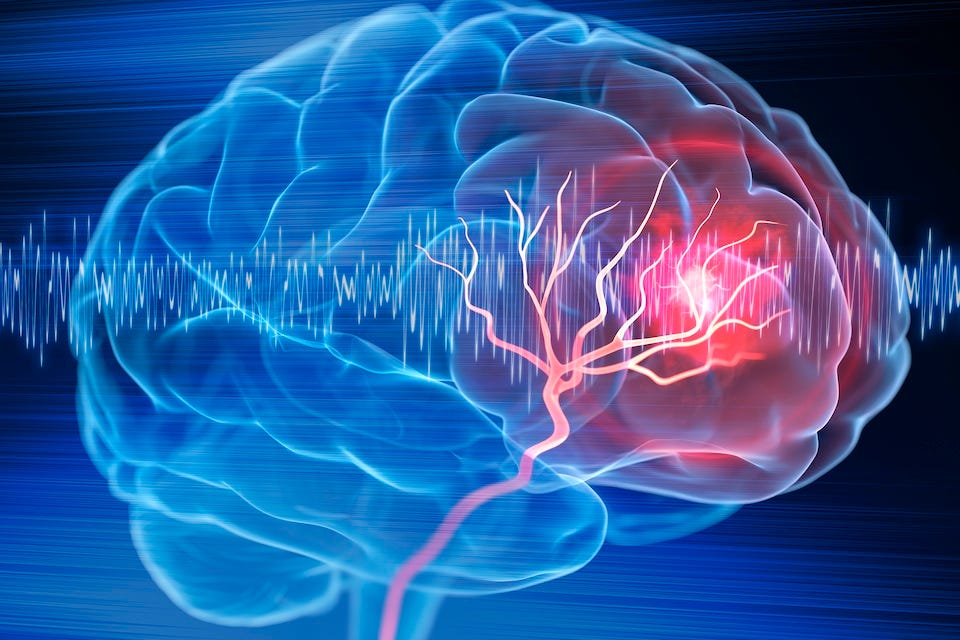Introduction to Neurology and the Human Brain
Welcome to a journey into the fascinating world of neurology, where we will unravel the mysteries of the mind and explore the intricate workings of our most complex organ – the human brain. Neurology is not just a field of study; it is an endless source of wonder and discovery.
Have you ever wondered how your brain processes information, controls your movements, or even generates emotions? Neurology holds the key to understanding these phenomena and so much more. From ancient times to modern breakthroughs, researchers have dedicated their lives to uncovering the secrets hidden within our gray matter.
So grab a seat as we embark on this adventure through time and delve into both historical milestones and cutting-edge advancements in neurology. Get ready to be amazed by what lies beneath our skulls!
Let’s kick off with a glimpse into the intriguing history of neurology.
The History of Neurology: From Ancient Times to Modern Discoveries
Ancient civilizations were also captivated by the mysteries of the human brain and its functions. The Egyptians, for example, believed that the heart was the center of intelligence and consciousness. They even removed the brain during mummification, considering it unimportant.
Fast forward to ancient Greece, where renowned philosophers like Hippocrates began exploring the connection between our physical bodies and our mental faculties. It was during this time that they laid down the foundations for modern neuroscience.
However, it wasn’t until much later in history that significant advancements were made in understanding neurology. In the 19th century, scientists like Franz Joseph Gall developed phrenology – a misguided study linking specific regions of the brain to personality traits.
Then came along pioneers such as Santiago Ramón y Cajal who revolutionized neuroanatomy with his discovery that individual nerve cells or neurons are not continuous but separate entities communicating through synapses.
In more recent years, breakthroughs in technology have allowed researchers to delve deeper into understanding neurological disorders such as Alzheimer’s disease and Parkinson’s disease. Techniques like functional magnetic resonance imaging (fMRI) now enable us to visualize neural activity in real-time.
Today’s cutting-edge research focuses on developing new treatments for conditions like epilepsy and spinal cord injuries using techniques such as deep-brain stimulation and stem cell therapy.
The history of neurology is an ever-evolving tapestry woven together by countless curious minds throughout centuries. As we continue unraveling its complexities, we gain invaluable insights into what makes us uniquely human – our brains!
The Future of Neuroscience: Potential Advancements and Possibilities
Exciting times lie ahead in the field of neuroscience as researchers continue to uncover new mysteries about the human brain. With advancements in technology and our understanding of neurology, we are on the cusp of groundbreaking discoveries that could revolutionize how we perceive and treat neurological disorders.
One area of potential advancement is neuroimaging. Currently, techniques such as functional magnetic resonance imaging (fMRI) allow us to visualize brain activity, but future developments may enable us to delve even deeper into the workings of the mind. Imagine being able to map neural pathways with precision or witness real-time changes in brain function during cognitive tasks.
Another frontier in neuroscience lies in personalized medicine. As we gain a better understanding of individual differences in brain structure and function, tailored treatments for neurological conditions may become a reality. By analyzing an individual’s unique genetic makeup and combining it with detailed knowledge about their brain, doctors could develop targeted therapies that maximize effectiveness while minimizing side effects.
Advances in artificial intelligence (AI) hold significant promise for neuroscience as well. Machine learning algorithms can analyze vast amounts of data more efficiently than humans ever could, leading to new insights into complex neural networks. AI-powered systems might also enhance diagnosis and treatment by providing personalized recommendations based on patterns identified from large-scale datasets.
Furthermore, emerging technologies like optogenetics offer exciting possibilities for studying and manipulating specific neurons within the brain. By using light-sensitive proteins inserted into genetically modified cells, scientists can control neuronal activity with unprecedented precision. This technique has already been used successfully in animal models but holds great potential for therapeutic applications once safety concerns are addressed.
The future looks bright for neuroscience! As technology continues to advance hand-in-hand with our understanding of the human brain, there are endless possibilities awaiting exploration. From improved imaging techniques to personalized medicine and AI-driven breakthroughs – these advancements have incredible potential not only for scientific research but also for improving the lives of individuals with neurological disorders. So, let’s eagerly anticipate
Practical Applications of Neurology in Everyday Life
Neurology, the study of the nervous system and its disorders, may seem like a complex field reserved for scientists and doctors. However, its principles and findings have practical applications that can impact our everyday lives in ways we might not even realize.
One practical application is in the realm of mental health. Understanding how the brain functions can help us identify and treat conditions such as depression, anxiety, and addiction. By studying neuroplasticity – the brain’s ability to adapt and change – researchers are discovering new therapies that promote healing.
Another area where neurology comes into play is education. By understanding how the brain learns best, educators can tailor their teaching methods to optimize student engagement and retention. For example, incorporating multisensory techniques or using spaced repetition can enhance learning outcomes.
Neurology also has implications for productivity and performance improvement. By examining cognitive processes like attention span or memory consolidation during sleep, individuals can adopt strategies to boost their efficiency at work or school.
In addition to personal development benefits, neurology has made significant strides in medical interventions. Techniques such as deep brain stimulation have revolutionized treatments for conditions like Parkinson’s disease by targeting specific areas within the brain.
Furthermore, advancements in neuroimaging technology allow physicians to accurately diagnose neurological disorders early on, leading to more effective treatment options.
Outside of medicine and education lies an exciting application of neurology: neuromarketing – understanding consumer behavior through neuroscience research. Advertisers leverage insights about how consumers’ brains respond to stimuli like advertising messages or product packaging design to create more persuasive marketing campaigns.
From mental health support to educational enhancements, increased productivity gains at work or school; from improved medical interventions to influencing consumer choices – these are just a few examples showcasing how neurology connects with our daily lives on multiple levels!
So next time you hear about an amazing breakthrough in neuroscience research remember it could potentially affect your life too!
Conclusion: Why We Should All Be Fascinated
Neurology, the study of the human brain and nervous system, is a field that continues to amaze and intrigue both scientists and everyday individuals alike. Our understanding of the complexities of the mind has come a long way since ancient times, thanks to countless discoveries and advancements in neuroscience.
The human brain is truly remarkable, with billions of neurons firing messages at lightning speed to control every aspect of our existence. It is responsible for our thoughts, emotions, memories, movements – essentially everything that makes us who we are. By delving into the mysteries of neurology, we gain insight into what it means to be human.
But why should we all be fascinated by neurology? The answer lies in its practical applications and potential impact on our lives. Neurological research has led to groundbreaking treatments for conditions such as Parkinson’s disease, epilepsy, and stroke. Through studying how the brain functions under normal circumstances and when affected by various diseases or injuries, we can develop targeted therapies that improve quality of life for millions.
Furthermore, neurology holds promise for unlocking even greater possibilities in the future. As technology advances at an unprecedented rate, so does our ability to explore the inner workings of the brain. From mapping neural pathways to deciphering complex cognitive processes like consciousness itself – there seems no limit to what may be uncovered.

